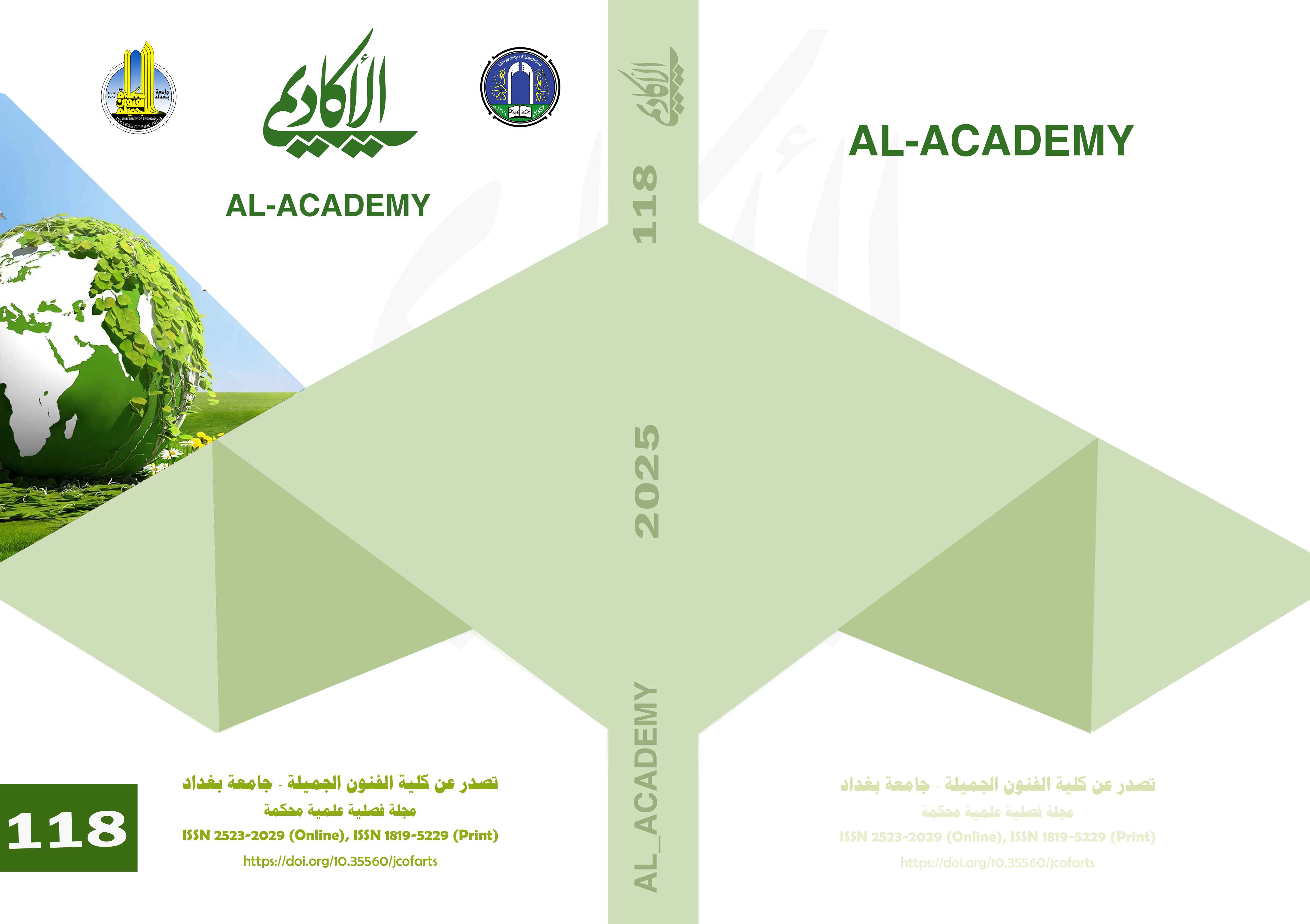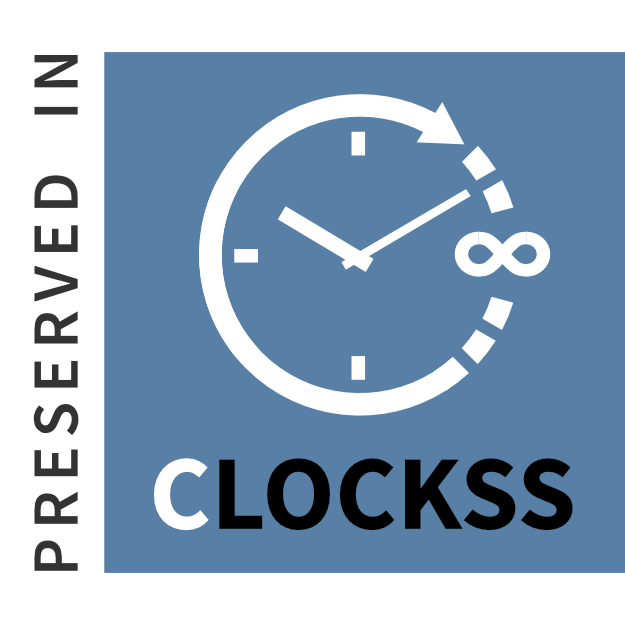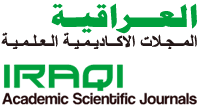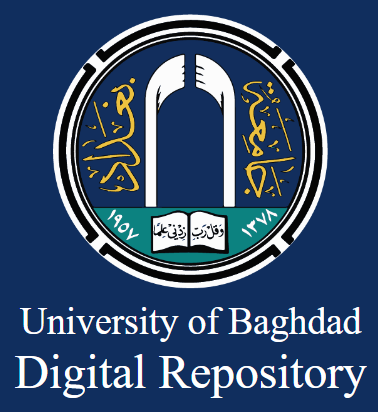Techniques of vocal performance of the actor in contemporary theater
DOI:
https://doi.org/10.35560/jcofarts1658Keywords:
Vocal Performance ,Contemporary TheaterAbstract
The study explores the techniques of vocal performance for actors in contemporary theater, emphasizing that the voice is a fundamental element in shaping a theatrical performance. It highlights the importance of the voice in expressing the character’s emotions and interactions with social and psychological contexts. The research underlines the necessity for actors to possess the ability to use their voices in a way that reflects the character’s emotions. Additionally, it examines the role of language as a means of expression, stressing the importance of literary reading and appreciation in enhancing vocal performance skills.
The study also reviews various directing approaches, such as the methods of Stanislavski, Meyerhold, and Brecht, each differing in their use of voice. Stanislavski focuses on logical vocal performance, while Meyerhold introduces the biomechanical approach, integrating movement with voice. On the other hand, Brecht emphasizes the alienation effect, allowing the actor to address the audience’s intellect directly. These variations illustrate the diversity of styles and techniques employed in vocal performance.
The research emphasizes the significance of voice as an expressive tool in acting, requiring actors to be conscious of their delivery style and its impact on the audience. It also highlights the necessity of continuous vocal training, as a well-trained voice enhances performance effectiveness and captures the audience’s attention. It becomes evident that the voice is not merely a tool but a vital element in the art of acting, requiring deep understanding and precise application to achieve the desired effect.
Furthermore, the study delves into the human voice from organic, psychological, and physical perspectives, focusing on how the ear perceives sound vibrations and their influence on auditory perception. It also discusses phonetics, examining the speaker’s activity and the function of speech organs. Additionally, the study identifies two trends in the evolution of spoken language in contemporary theater: the first emphasizes literary text as a central element, while the second relies on non-verbal expression, where the voice is used in harmony with physical movement to convey meaning
References
Bassem Al-A'sam, Approaches to Theatrical Discourse, 1st ed., (Damascus: Dar Al-Yanabi', 2010), p. 39.
Muhammad Abd al-Rahman Adas, The Art of Elocution, Jordan: Dar Al-Fikr, 2007, pp. 12-13.
J.F. Christie, Actor Education in the Stan School, 1st ed., translated by Aqeel Mahdi Youssef, (Beirut: Dar Al-Kitab Al-Jadid, 2002), pp. 210-213.
The same source and page.
Jumaa Qajah, Theatrical Schools and Methods of Directing Them from the Greeks to the Present Era, 1st ed., Damascus: Nour for Printing, Publishing, and Studies, 2006, pp. 86-88.
Saad Ardash, The Director in Contemporary Theater, (Kuwait: National Council for Culture, Arts, and Letters, 1979), p. 233.
Fadel Al-Jaf, The Physics of the Body - Meyerhold and the Theater of Movement and Rhythm, 1st ed., Sharjah: Dar Al-Thaqafa wal-I'lam, 2006, pp. 159-160.
See: Nadim Maala, The Language of Theatrical Performance, Damascus: Dar Al-Mada for Culture and Publishing, 2004, p. 28.
Bertolt Brecht, The Theory of Epic Theater, translated by Jamil Nassif, Baghdad: Dar Al-Hurriyah for Printing, 1973, p. 336.
Jerzy Grotowski, Toward a Poor Theater, translated by Kamal Qasim Nader, Baghdad: Dar Al-Shu'un Al-Thaqafiya Al-'Amma, 1986, p. 105.
Mashhour Mustafa, Preparing the Actor or Preparing the Spectator, 1st ed., Beirut: Dar Al-Farabi, 2006, p. 36.
Jerzy Grotowski, Toward a Poor Theater, op. cit., p. 116.
The same source, p. 126
Strasberg, Lee Strasberg's Method of Actor Training, 2nd ed., translated by Ahmed Sakhsoukh, (Cairo: Egyptian General Book Organization, 2002), p. 76.
Khaled Rabie Al-Sayed, Elia Kazan and Lee Strasberg (Performance Method), (unpublished, 2008), p. 157.
Colin Counsell, Signs of Theatrical Performance, translated by Amin Hussein Al-Rabat, ed. by Abdul Hamid Ibrahim Hussein, (Cairo: Ministry of Culture - Cairo International Festival for Experimental Theatre, n.d.), pp. 106-109.














